Buy the photo Bode Museum on Museum Island in Berlin by Silva Wischeropp on canvas, ArtFrame, poster and wallpaper, printed on demand in high quality.
About "Bode Museum on Museum Island in Berlin"
by Silva Wischeropp
About the artwork
This urban cityscape was taken on 1 April 2010 with the Nikon D90. The motif shows the Bode Museum on Museum Island on the Spree in East Berlin.
The reduction of the colour tones to the classic black and white gives the image motif an elegant, graphic and timeless atmosphere. This makes it a perfect fit for all living and working spaces.
The Bode Museum in Berlin's Mitte district is part of the building ensemble of the Museum Island and thus a UNESCO World Heritage Site. Commissioned by Emperor Wilhelm II and built by Ernst von Ihne from 1898 to 1904 in the neo-baroque style as the Kaiser-Friedrich-Museum, it houses the sculpture collection and the Museum of Byzantine Art as well as the Coin Cabinet.
The neo-baroque building stands on the north-western tip of the Museum Island, on an irregularly triangular plot of land with an area of 6000 m². The Berlin Flour House was located here from 1824 to 1897, as was the Art Barracks from 1876, where exhibitions of contemporary Berlin artists were held. A 39.50 m high dome made of wood and steel rises above the main structure of the building.
Despite the irregular shape of the site, the architect of the museum building has managed to give the impression of a completely symmetrical and isosceles building, aligned with the semi-circular entrance wing vaulted by a dome, to which bridges lead over the two arms of the Spree.
The building is clad in Rackwitz, Alt-Warthau, Wünschelburg and Friedersdorf sandstone (all formed in the Cretaceous period) from Silesia. A windowed ashlar base and two further storeys divided by Corinthian semi-columns and gabled risalites seem to rise directly from the Spree. Allegories of the arts and famous cities of art crown the attic, created by the sculptors August Vogel and Wilhelm Widemann.

About Silva Wischeropp
"For me, photography feels like really capturing the moment - like a kind of alchemy where time is physically captured."
Silva Wischeropp was born in the Hanseatic city of Wismar in the former GDR. Today she lives and works in Berlin. As a passionate travel..
Read more…
 Netherlands
Netherlands Ordered in May 2025
Ordered in May 2025
 Germany
Germany Ordered in June 2020
Ordered in June 2020
 Germany
Germany Ordered in January 2020
Ordered in January 2020
 Netherlands
Netherlands Ordered in March 2024
Ordered in March 2024
 Germany
Germany Ordered in January 2023
Ordered in January 2023
 Germany
Germany Ordered in December 2024
Ordered in December 2024
 Germany
Germany Ordered in July 2021
Ordered in July 2021
 Germany
Germany Ordered in January 2020
Ordered in January 2020
 Germany
Germany Ordered in September 2019
Ordered in September 2019
 Netherlands
Netherlands Ordered in August 2021
Ordered in August 2021
 Netherlands
Netherlands Ordered in October 2022
Ordered in October 2022
 Germany
Germany Ordered in December 2019
Ordered in December 2019
About the material
ArtFrame™
Interchangeable Art Prints
- High-quality print
- Easily interchangeable
- Acoustic function
- Large sizes available
Discover the artworks of Silva Wischeropp
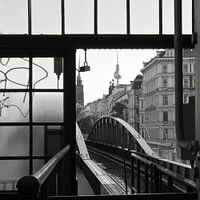 Underground station of the U2 line - special train to PankowSilva Wischeropp
Underground station of the U2 line - special train to PankowSilva Wischeropp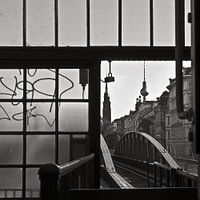 Berlin underground station Eberswalder Strasse of line U2Silva Wischeropp
Berlin underground station Eberswalder Strasse of line U2Silva Wischeropp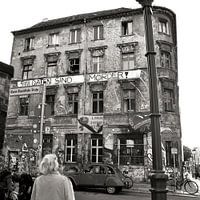 Old, squatted house in the Scheunenviertel district of Berlin-MitteSilva Wischeropp
Old, squatted house in the Scheunenviertel district of Berlin-MitteSilva Wischeropp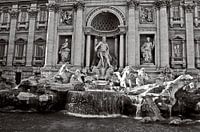 The Trevi Fountain - Fontana di TREVI in RomeSilva Wischeropp
The Trevi Fountain - Fontana di TREVI in RomeSilva Wischeropp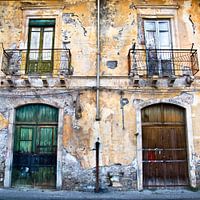 Mysterious, Sicilian facadeSilva Wischeropp
Mysterious, Sicilian facadeSilva Wischeropp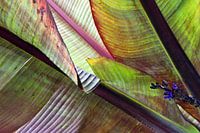 Banana leaves in the warm autumn lightSilva Wischeropp
Banana leaves in the warm autumn lightSilva Wischeropp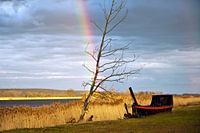 Magical rainbow at the OderbruchSilva Wischeropp
Magical rainbow at the OderbruchSilva Wischeropp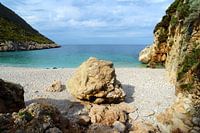 Magic Sicilian Sea SoundSilva Wischeropp
Magic Sicilian Sea SoundSilva Wischeropp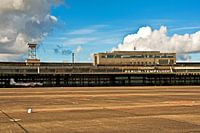 Former Berlin-Tempelhof AirportSilva Wischeropp
Former Berlin-Tempelhof AirportSilva Wischeropp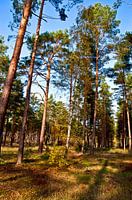 Pines in the autumnal October lightSilva Wischeropp
Pines in the autumnal October lightSilva Wischeropp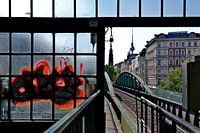 Popular underground station on the U2 line on Eberswalde StrasseSilva Wischeropp
Popular underground station on the U2 line on Eberswalde StrasseSilva Wischeropp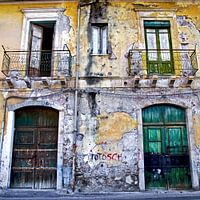 Once upon a time in Taormina on the island of SicilySilva Wischeropp
Once upon a time in Taormina on the island of SicilySilva Wischeropp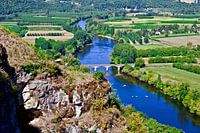 Fantastic view of the Dordogne valley from the Bastide DommeSilva Wischeropp
Fantastic view of the Dordogne valley from the Bastide DommeSilva Wischeropp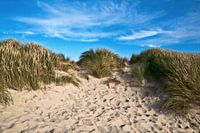 Imaginative sand dunes at Henne Strand in JutlandSilva Wischeropp
Imaginative sand dunes at Henne Strand in JutlandSilva Wischeropp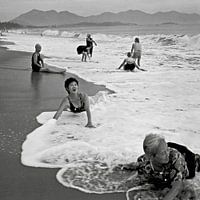 Women bathing on the beach at Nha Trang in VietnamSilva Wischeropp
Women bathing on the beach at Nha Trang in VietnamSilva Wischeropp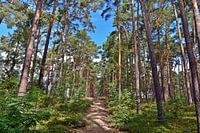 Summer morning walk through the pine forestSilva Wischeropp
Summer morning walk through the pine forestSilva Wischeropp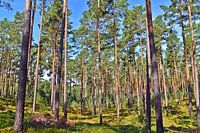 The proud elegance of the pines in the sunlightSilva Wischeropp
The proud elegance of the pines in the sunlightSilva Wischeropp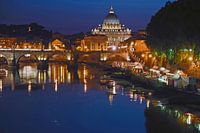 Night panorama with the Bridge of Angels and St Peter's Basilica in RomeSilva Wischeropp
Night panorama with the Bridge of Angels and St Peter's Basilica in RomeSilva Wischeropp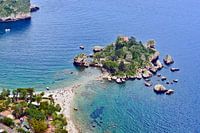 Paradise Isola Bella on the east coast of SicilySilva Wischeropp
Paradise Isola Bella on the east coast of SicilySilva Wischeropp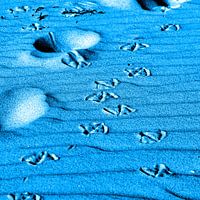 Turquoise blue tracks on the dune on the Baltic Sea beachSilva Wischeropp
Turquoise blue tracks on the dune on the Baltic Sea beachSilva Wischeropp
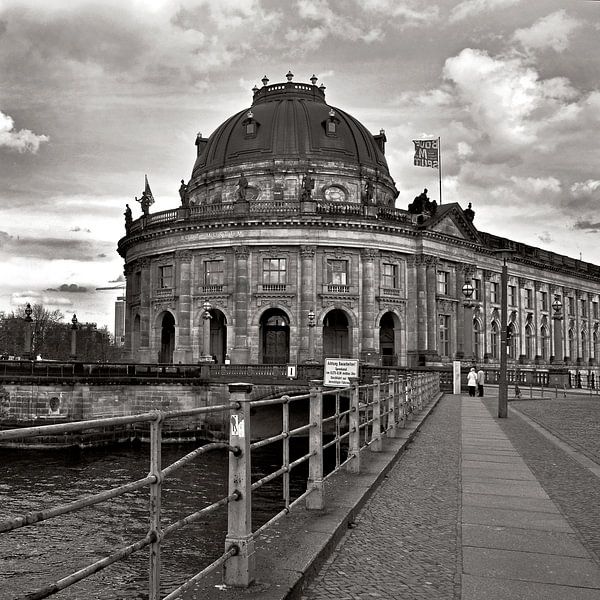
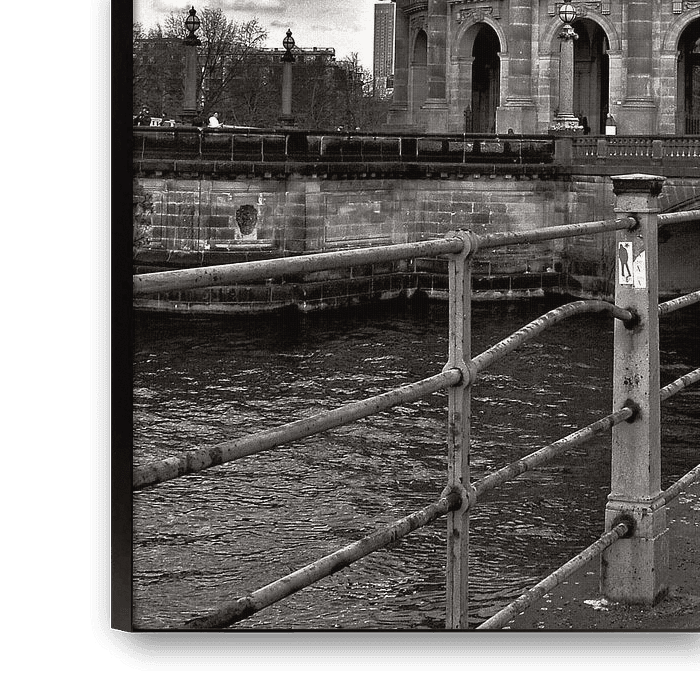
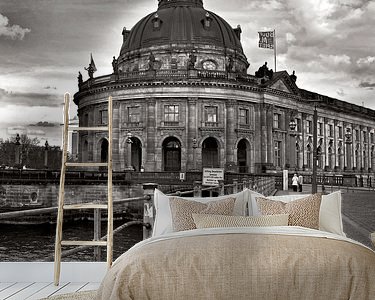
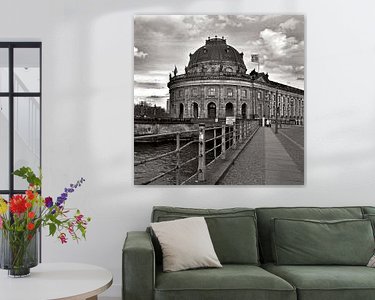

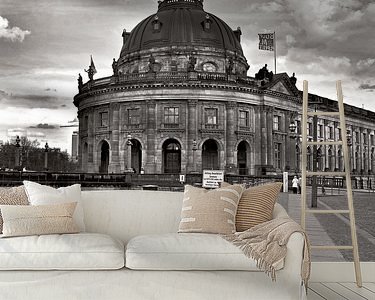
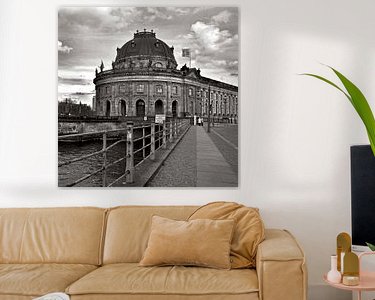

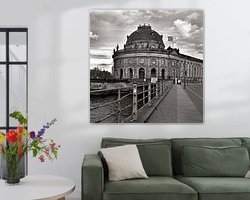

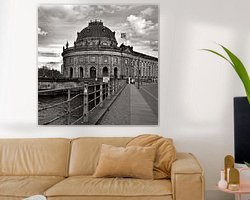
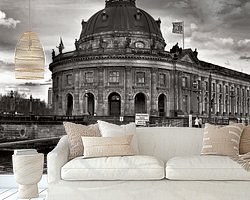
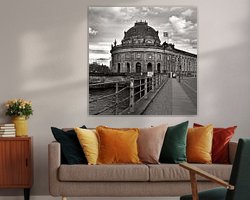
 Architecture
Architecture Berlin
Berlin Photo wallpaper
Photo wallpaper Photography
Photography Powerful Expression
Powerful Expression Serene Peace
Serene Peace Towns
Towns Urban / Street
Urban / Street









